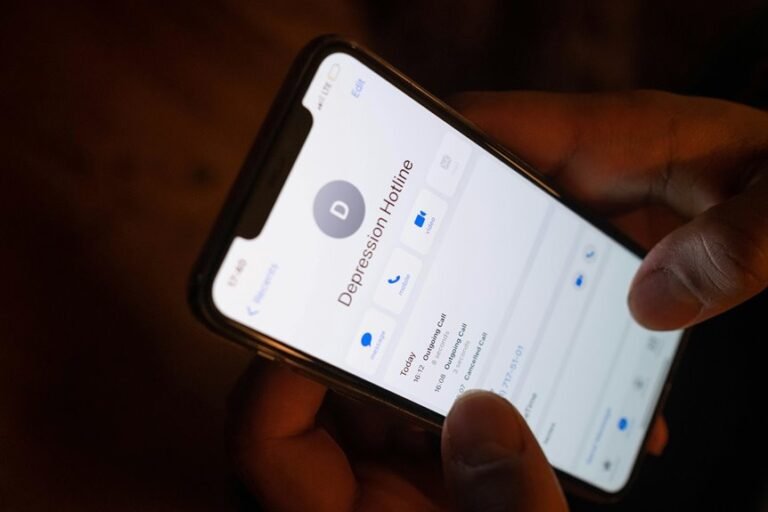Who Called You From 7328975922, 2102393234, 8555784253, 6265504223, 8339901911, 5103405330
Calls from numbers such as 7328975922, 2102393234, and others have raised significant concerns regarding their legitimacy. These numbers are often associated with scams, particularly targeting individuals pursuing financial opportunities. Analyzing the patterns and common traits of these calls can provide insights into their origins and intentions. Understanding the implications of such communications is crucial, yet the full extent of their impact remains to be uncovered. What further information lies beneath these suspicious calls?
Identifying 7328975922: Who’s Behind the Call?
Who exactly is behind the call from the number 7328975922?
Caller identification systems reveal that this number is frequently associated with potential scams.
Analysis of call logs indicates a pattern of unsolicited communications, often targeting individuals seeking financial independence.
Vigilance is essential, as these calls exploit vulnerabilities.
Identifying the source can empower recipients to protect themselves against deceptive practices.
The Mystery of 2102393234: What You Need to Know
What factors contribute to the enigmatic nature of the phone number 2102393234? Primarily, its frequent association with unsolicited calls raises concerns about scam awareness.
Caller identification technology plays a crucial role in discerning legitimate communications from potential fraud. As individuals seek autonomy in their communication, understanding the origins and intent behind such numbers becomes imperative for personal security and informed decision-making.
Understanding Robocalls: Insights on Numbers Like 8555784253, 6265504223, 8339901911, and 5103405330
How do robocalls impact daily communication?
The prevalence of robocall scams undermines trust in legitimate calls, prompting users to seek call verification methods. Numbers like 8555784253, 6265504223, 8339901911, and 5103405330 often represent automated systems, complicating personal interactions.
As individuals strive for freedom from incessant disturbances, understanding these calls becomes crucial to reclaiming control over communication channels.
Conclusion
In the intricate web of telecommunication, numbers like 7328975922 and 2102393234 serve as sirens, luring unsuspecting individuals into treacherous waters of scams and deceit. The persistent echo of robocalls, represented by 8555784253 and its counterparts, symbolizes the pervasive threat to financial independence. By harnessing caller identification technology, individuals can transform these ominous signals into cautionary tales, empowering themselves to navigate the telecommunications landscape with discernment and vigilance, ultimately safeguarding their financial well-being against exploitation.






